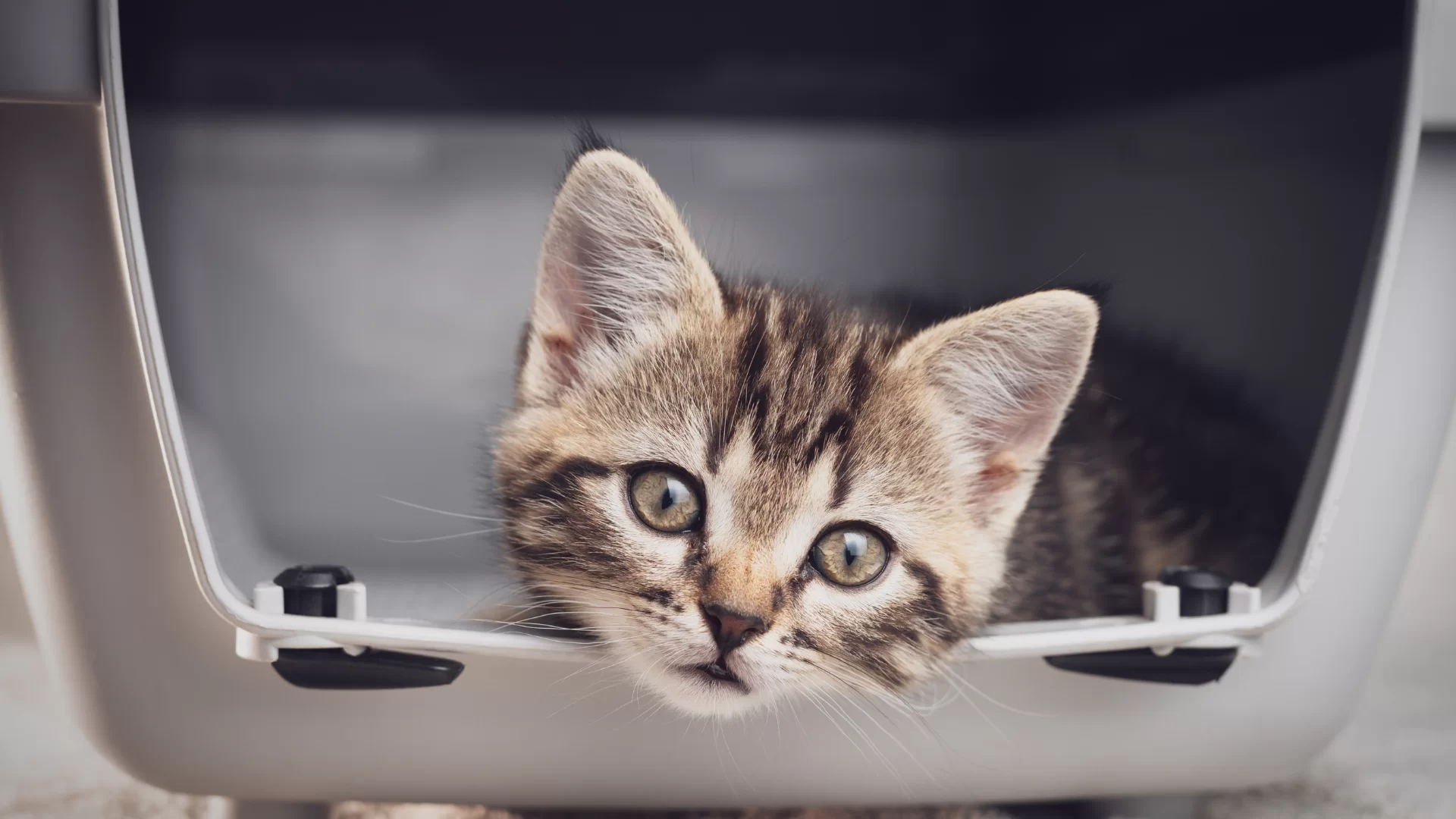
Most breeders produce puppies or kittens in order to keep some of the offspring to add to their breeding program or to show in one of the many kennel club conformation shows. All other productions are sold to companion homes or other breeding and/or show homes. Many times, these homes are out of the state or country of the breeder, so pet shipping would be required. I know what you’re thinking, and no it does not involve the postal service, lol.
What Does Pet Transportation Mean?
Pet transporters have the occupation of transporting pets to and from locations in a safe, sanitary, and contained method. They have been licensed and inspected by the United States Department of Agriculture to perform this task. When choosing a pet shipper, a licensed shipper will have their USDA license available to view at request (or sometimes posted on their website or business social media page). These transporters are required to not only clean/sanitize in specific intervals, they also provide containment units that will not allow your pets to touch one another. This prevents cross contamination. USDA shippers also require that any pet being shipped have a health examination performed and documented by a vet before a pet can travel. This helps to provide your pet a safe, clean, disease and parasite-free travel. Additionally, a USDA transporter is also required to stop at specific intervals to provide food, water, and exercise/potty time to the puppy or kitten. Many transporters will have a “no paws on the ground” policy; this means your pet will never touch a potentially contaminated area with it’s feet. Instead, potty pads outdoors within an enclosed area is provided for both potty and exercise. Many shippers will also have a policy (at request) that the pet never leave the enclosure unless it is being cleaned. At that time your pet will be held in a separate disinfected enclosure until the cleaning is complete. USDA shippers are also insured for their precious cargo.
Ensuring Safe and Humane Pet Transportation
Furthermore, the importance of selecting a USDA-certified pet transporter cannot be overstated. These transporters adhere to stringent federal regulations that ensure the highest standards of animal welfare during transit. The Animal Welfare Act, overseen by the USDA, mandates humane treatment of animals in various settings, including transportation. This means that in addition to the aforementioned practices, USDA transporters are trained to recognize and respond to the unique needs of each animal, ensuring they remain stress-free and comfortable throughout the journey. By choosing a USDA-certified transporter, breeders and pet owners can rest assured that their beloved pets are in the safest and most capable hands. These transporters not only prioritize the physical well-being of the pets but also their emotional and psychological health, making the travel experience as pleasant as possible for these cherished family members.




